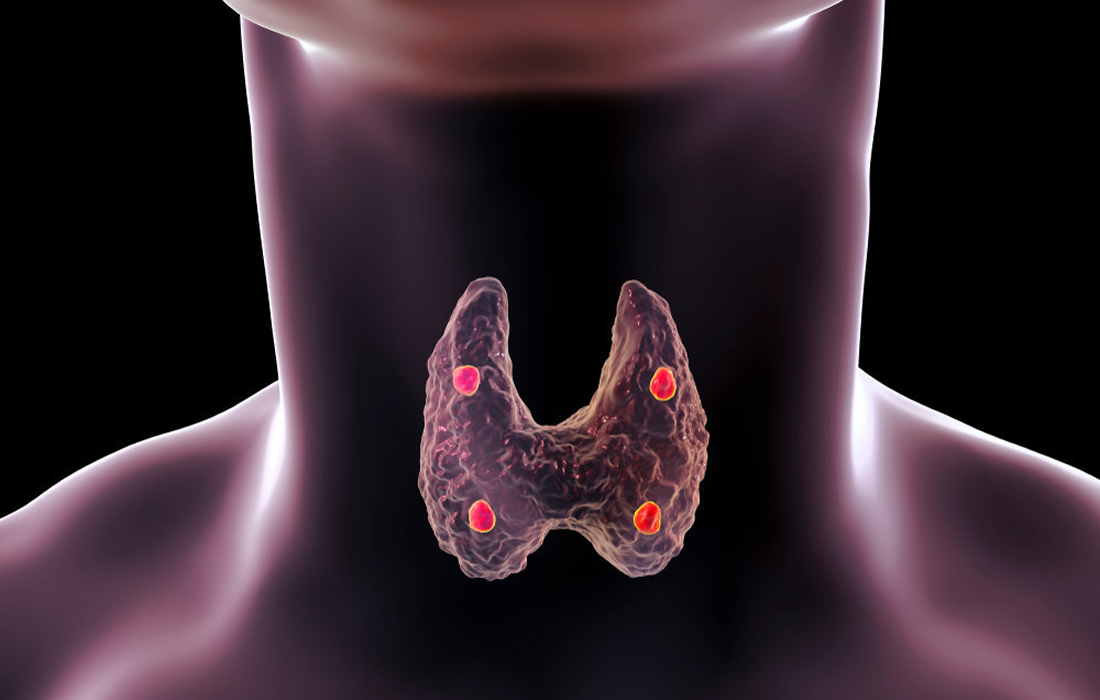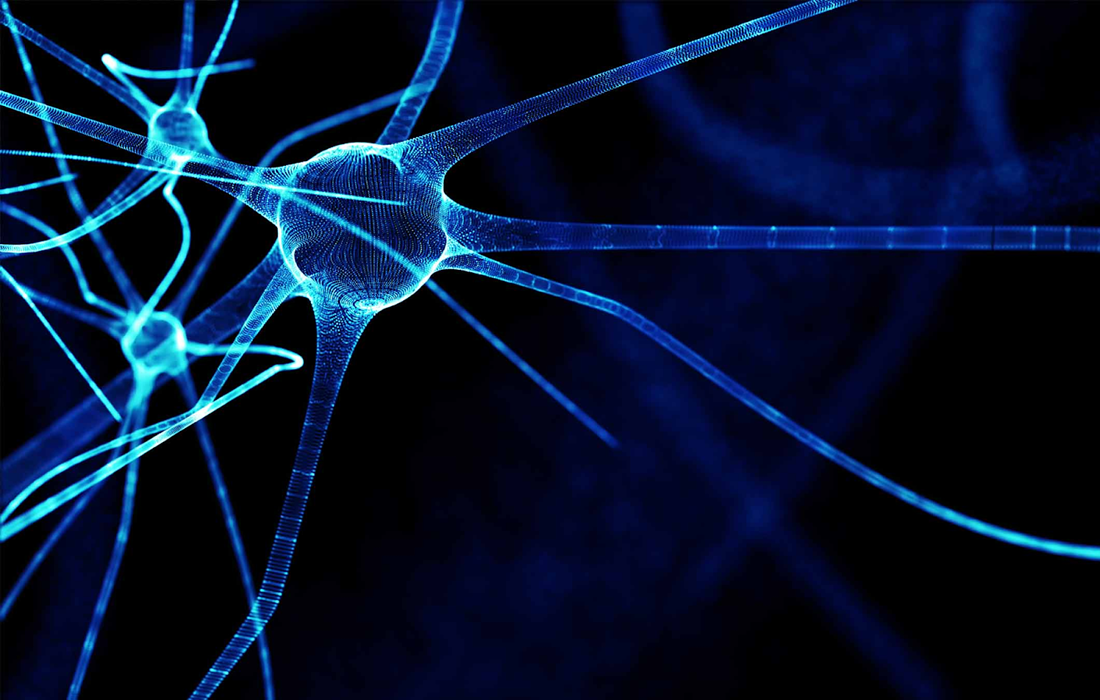Muscular dystrophy (MD) is a collective group of inherited noninflammatory but progressive muscle disorders without a central or peripheral nerve abnormality. The disease affects the muscles with definite fiber degeneration but without evidence of morphologic aberrations. Duchenne muscular dystrophy (DMD) is a rare, inherited disorder that mostly affects males. It’s caused by mutations on a […]
Monthly Archives: October 2022
Aging involves complicated plot twists and a large cast of characters: inflammation, stress, metabolism changes, lipids and many others. SGDGs (3-sulfogalactosyl diacylglycerols) are a class of lipids, also called fats. Lipids contribute to the structure, development, and function of healthy brains, while badly regulated lipids are linked to aging and diseased brains. However, lipids, unlike […]
High blood pressure, or hypertension, is the most common primary diagnosis in the United States, and it is one of the most common worldwide diseases afflicting humans and is a major risk factor for stroke, myocardial infarction, vascular disease, and chronic kidney disease. According to the American Heart Association (AHA), approximately 86 million adults (34%) […]
Scientists have recorded the first direct evidence that babies react differently to various smells and tastes while in the womb by looking at their facial expressions. A study led by Durham University’s Fetal and Neonatal Research Lab, UK, took 4D ultrasound scans of 100 pregnant women to see how their unborn babies responded after being […]
The parathyroid glands usually are four delicate structures 3–4 mm in size, situated close to the thyroid gland, and functionally maintain calcium homeostasis by secreting parathyroid hormone (PTH). Calcium is an essential element for the nervous, muscular, and skeletal systems. Parathyroid glands consist of chief and oxyphil cells; the former express calcium-sensing receptors (CaSR) and […]
Stargardt disease is the most common form of inherited juvenile macular degeneration. It is caused by a deterioration of the eye’s macula. The condition typically develops during childhood or adolescence, but sometimes does not cause vision problems until later in life. The macula is part of the retina that is responsible for color perception and […]
Degenerative nerve diseases affect many of your body’s activities, such as balance, movement, talking, breathing, and heart function. Many of these diseases are genetic. Sometimes the cause is a medical condition such as alcoholism, a tumor, or a stroke. Other causes may include toxins, chemicals, and viruses. Degenerative nerve diseases can be serious or life-threatening. […]
Colorectal cancer remains a disease with high mortality rates in advanced stages. In recent years, numerous research findings have improved early diagnosis and therapy, although unfortunately not all patients respond adequately to novel therapeutic approaches. Current research suggests that one characteristic of tumor diseases is immune dysfunction: immune cells that are supposed to fight the […]
Reactive oxygen species are highly reactive chemicals formed from oxygen. They serve as prime signals of cellular dysfunction that contribute to diseases. Secretion of reactive oxygen species in the intestine is necessary for maintaining stem cell function and important for wound repair; however, it can cause inflammatory effects as well. The Mount Sinai team found […]
Reproductive-aged women with obesity and insulin resistance have increased risk of type 2 diabetes mellitus and cardiovascular disease, and are also predisposed to adverse pregnancy outcomes, including adiposity and cardiometabolic disorders in their offspring.While a healthy diet and regular physical activity are primary lifestyle strategies for the prevention and treatment of obesity and its associated […]










